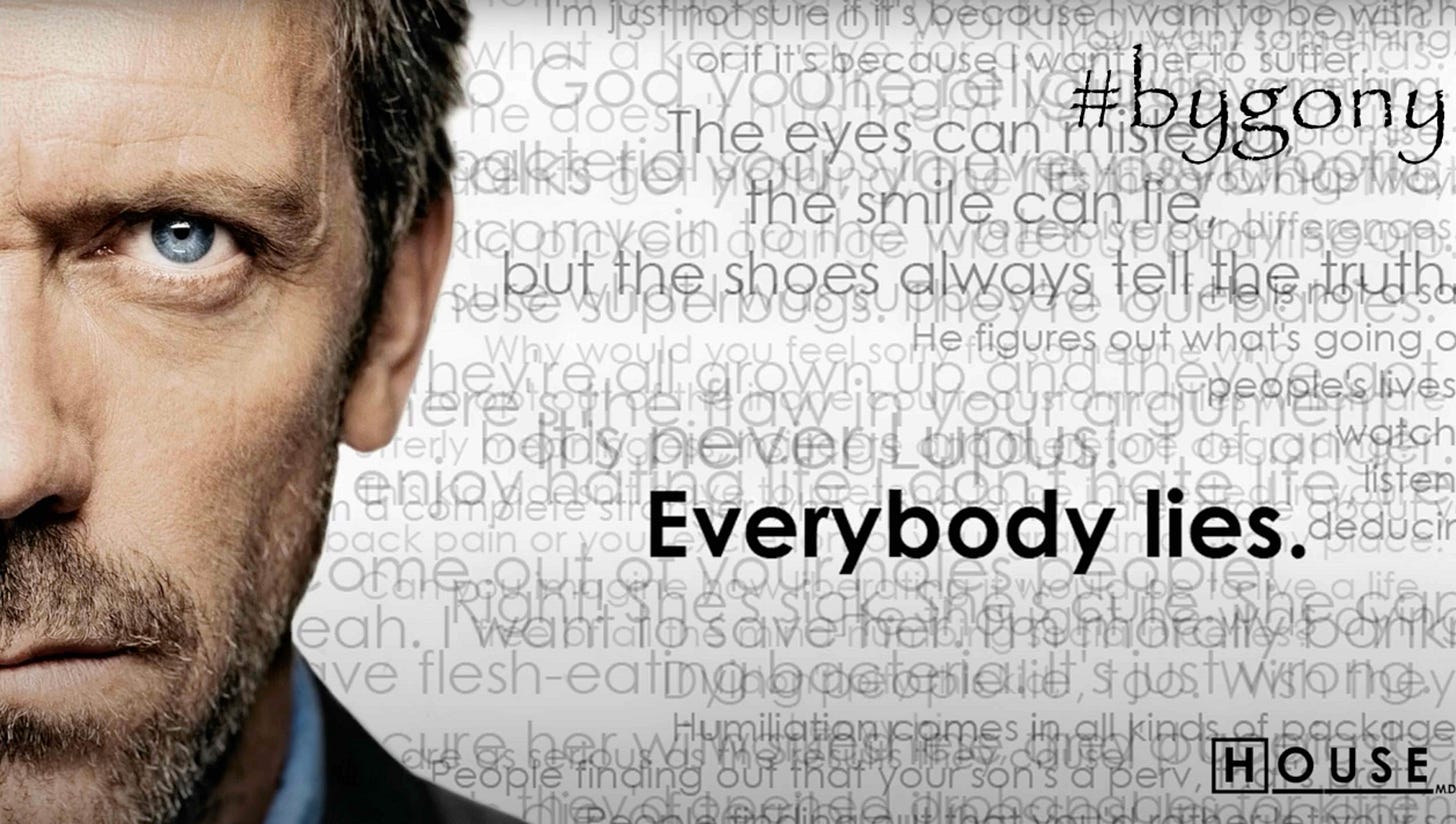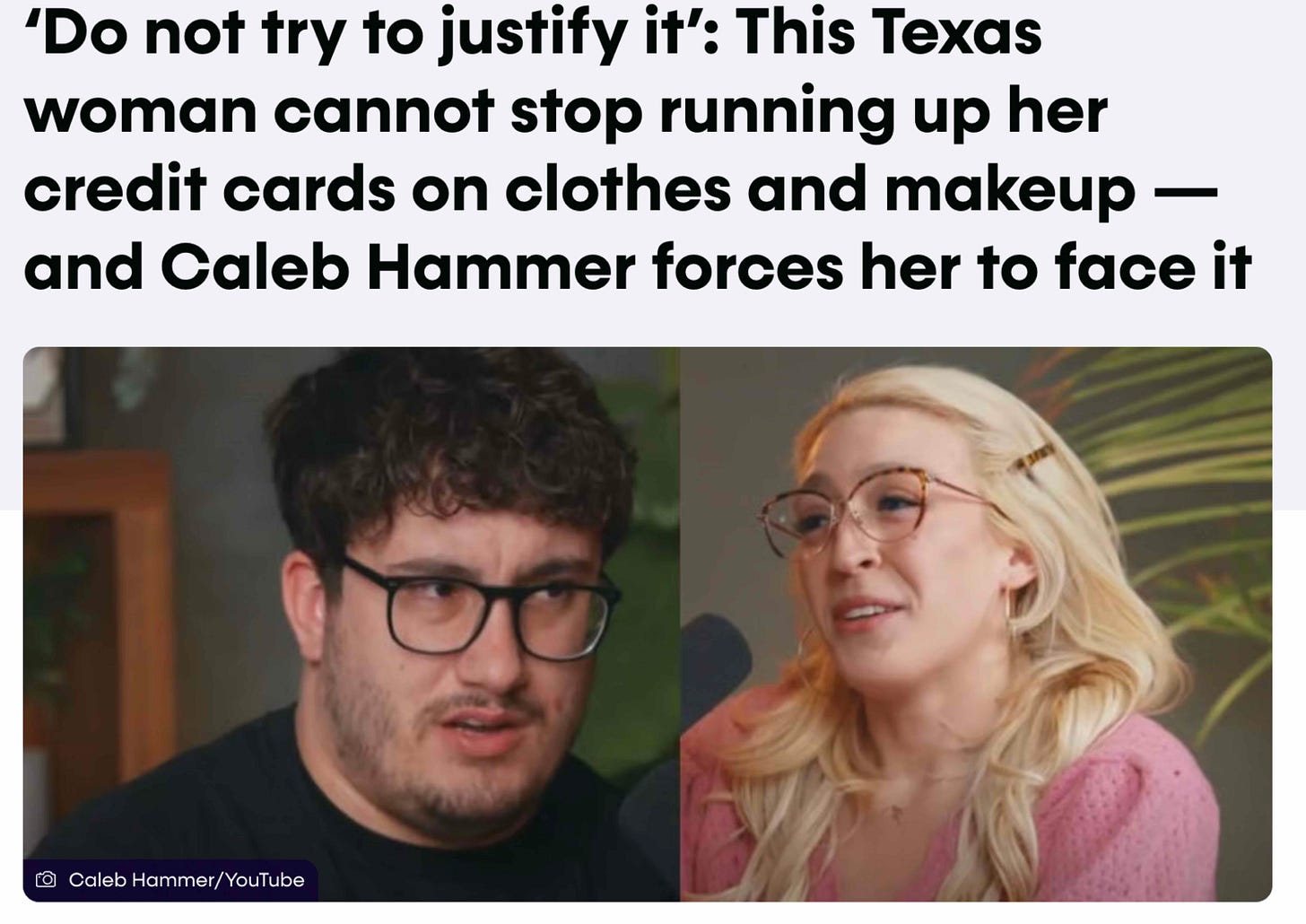💸 The Rich Broke: Debt is the New Designer Accessory
How younger Americans turned overspending into a badge of honor—and called it hardship. Easy credit, culture, and consumption have convinced a generation that they’re poor.

Half of Americans say they need at least $100K just to live ‘comfortably’ — a recent Bankrate survey reveals, while some 54% of those already earning $100K believe they need an additional $50K to feel secure. Indeed, 56% of all Americans say they must earn more than they currently do “to feel comfortable and not like they’re just getting by”. Meanwhile, the California Department of Housing and Community Development considers a family of four earning less than $100,900 in Los Angeles County is now classified as low-income.
So, 4 in 10 Americans earning more than $100k claim to be living from paycheck to paycheck, while only spending money on essentials — and it’s a worryingly growing statistic, in a country where the median family household annual income is less than $60,000.
Los Angeles is an expensive city with an average cost of living about 50% above the U.S. average, with the price of renting or buying property being a particular component of this cost. Yet, Zillow reports a citywide average rent of $2,749/month in L.A. comparable to Daft’s claim of €2,540/month back in Dublin. So, notwithstanding crazy Irish rents, perhaps there is something else going on in Los Angeles with people’s spending.
There is an issue with relying on surveys or research based on such subjective individual responses — in the words of one of TV’s most charismatically misanthropic doctors, “Everybody lies.”
That was the catchphrase of Dr. Gregory House, played superbly by Hugh Laurie on the addictive TV series “House”, who solved medical mysteries by bluntly distrusting everyone. According to Dr House, patients might say their leg hurts, but really it’s their testicles because of a dodgy affair. They say they don’t do drugs — and turn out to be running a meth lab. The truth is always hidden. Sometimes deliberately. Sometimes even from themselves.
These days, I think House might’ve made an even better financial advisor.
Because the same rule applies to modern money troubles — especially in America, where someone ‘scraping by’ on $100K a year might also be revealed by a Dr House style interrogation, to be leasing a Tesla model S, spending $1000 a month on takeout using a Credit One credit card and paying off last month’s designer hoodie with a revolving payday loan with an interest rate of 550% (yes, they can charge that).
I recently stumbled onto a real-life financial Dr House and I am enthralled. The superb Caleb Hammer YouTube channel exposes this economic doublethink with a scalpel. Each episode features a debt-laden guest — usually young, but not always — who claims hardship. Within ten minutes, we learn they’re spending hundreds a month on fast food, unused gym memberships and mystery charges even they can’t explain. When Caleb probes deeper into why they are spending money they don’t have, they cope-laugh, flinch, stammer, justify — responding with “Well, I needed it or “it’s not a lot”, until pushed to finally admit that “I just wanted it”.
Want what, exactly? The $3,000 handbag bought on Klarna? The 22% APR car loan for a vehicle they can’t (or won’t) insure? The mental health subscription they keep forgetting to cancel? The impulsive buys lumped onto credit cards which are never paid off and come with eye-watering interest rates that a Charles Dicken’s money-lender would be ashamed to demand.
Caleb Hammer is openly theatrical and spares few with his caustic wit, but he also just repeats cold facts like an undertaker with a calculator. And still, many guests treat him as an overbearing parent — despite volunteering to be on his show to get their finances in order — often becoming indignant, rolling their eyes and shifting blame. They act like financial toddlers in adult bodies who claim their woes are because of their parents, school, society, or even being too young (often said by 30-something year-olds with straight faces). Why admit to it being your own fault for being lazy, greedy or feckless when the bank “forced’ you to open a credit card.
To be fair, many were never taught better. The U.S. school system skips basic personal finance. Most people learn about Annual Percentage Rates when it ruins them.
Even in Ireland, financial literacy isn’t always a strength. I vividly remember my mother grilling me about how much I spent in Mitchell’s grocery shop after being sent out for “messages”. She heroically saved methodically for our annual Trabolgan holiday in Cork for our family of nine, down to the penny. Credit, to her, was a dangerous last resort. My father borrowed heavily to invest in modernising the family farm, but then got crippled by the high interest rates of the economically stagnant 1980s. I can only imagine their stress with seven young kids, as their overdraft stubbornly refused to come down despite doing their best with weekly lodgements accompanied by stomach-churning berating from the local bank manager.
We now live in a world where people earning serious incomes feel broke — not because of poverty, but because of purchases and this isn’t just a Gen Z problem. During the Celtic Tiger years, Irish people went mad with spending — but at least we were also buying bricks and mortar — even if overpriced. Even after watching my parents frugality I too found myself swamped in business and personal debts, years later. I had seemingly learned nothing and had embraced the culture of debt.
Here in the U.S., much of the splurging is on things you can’t touch or resell. Subscriptions, ‘experiences,’ upgrades and endless Uber Eats. The food disappears faster than the salary. The consumer society pounds everyone with the message to “live your life now” by buying things — equating a life of meaning with satisfying your immediate indulgences using the never-never of credit “because you’re worth it”. So much so, that people now respond in surveys saying their $100k income barely covers their “needs” not realising they are really blowing a huge part of their income on “wants”, while interest on credit purchases eats away into their paycheck by slowly increasing amounts.
So, we’re told half of America has no savings and lives paycheck to paycheck. It sounds catastrophic. And perhaps it is. But I’d suggest we apply the Caleb Hammer test. Don’t listen to what people say. Look at what they do. Do their credit card statements really show they are spending on life’s essentials? Or have they handed it all to Apple, DoorDash and Elon Musk?
As Dr. House insists: “Everybody lies.” Especially when the lie is more comfortable than the truth — and perhaps rather than infantilise people about the unfairness of their sad financial situation earning less than $100k, we should have Caleb Hammer scream instead “You’re not broke. You’re irresponsible!”.
But I guess it’s not a politically correct thing to do and we should… we must… think of the economy. Because once American consumers stop spending — its over.
Originally published in The Western People, 1 July 2025







Hi Liam. This story and “The United States of Credit “ got me thinking of the satirical science fiction stories of Frederick Pohl. He was a writer in the classical period of sci-fi who wrote a few stories about financial things. The story I remember was called “The Midas Plague.” It was about a future where to possess nothing was considered wealth, an upside down economy.